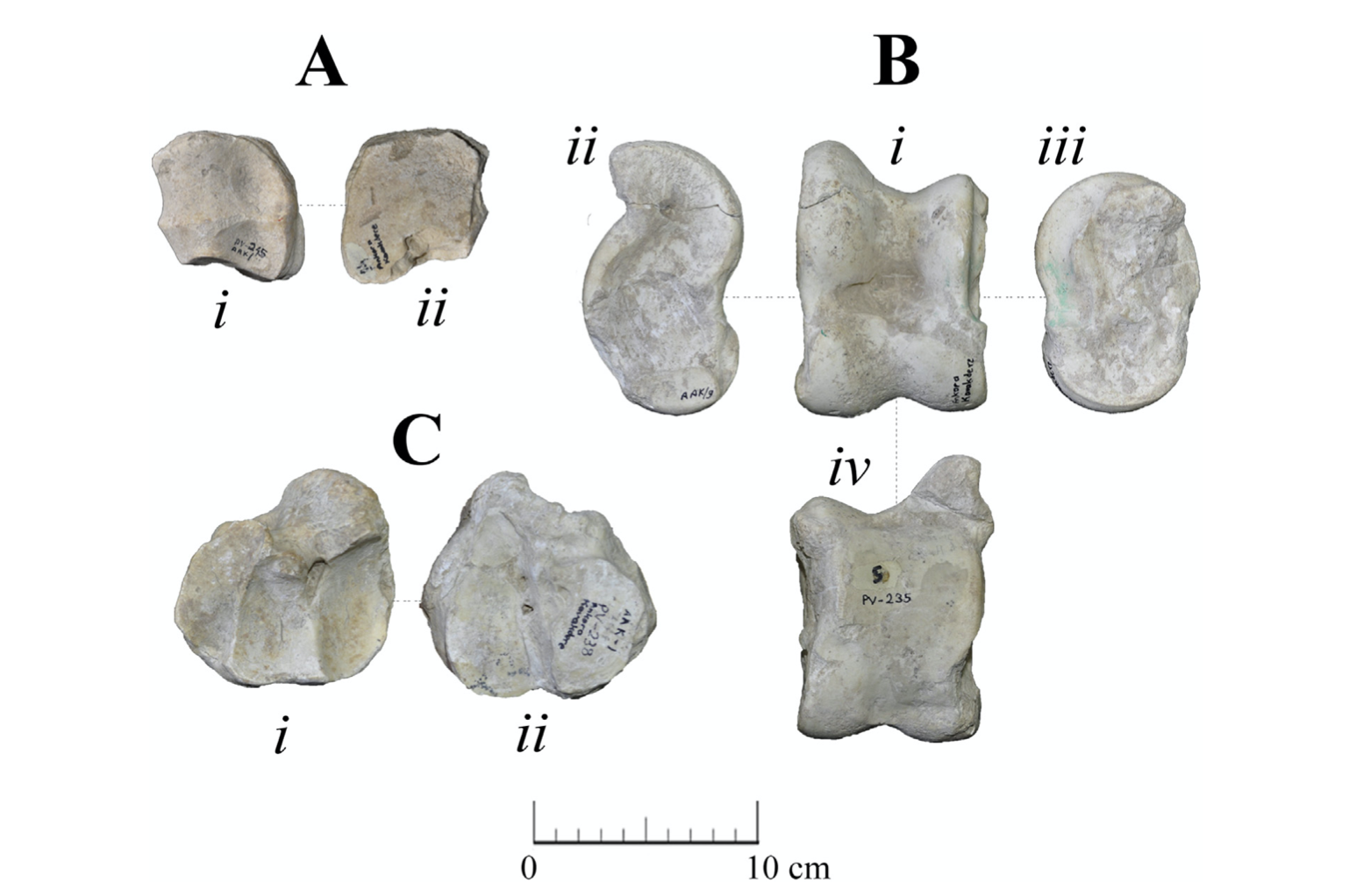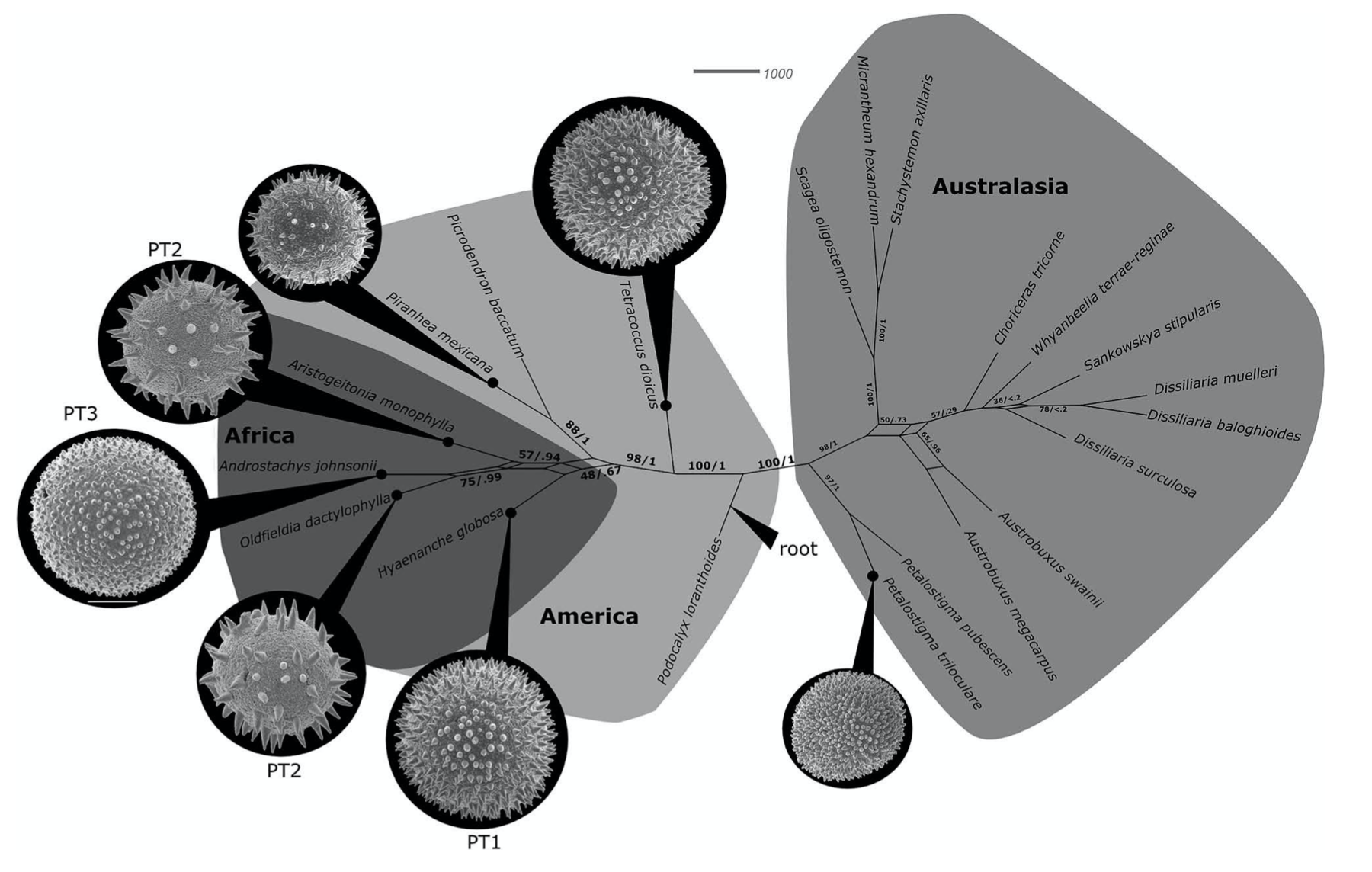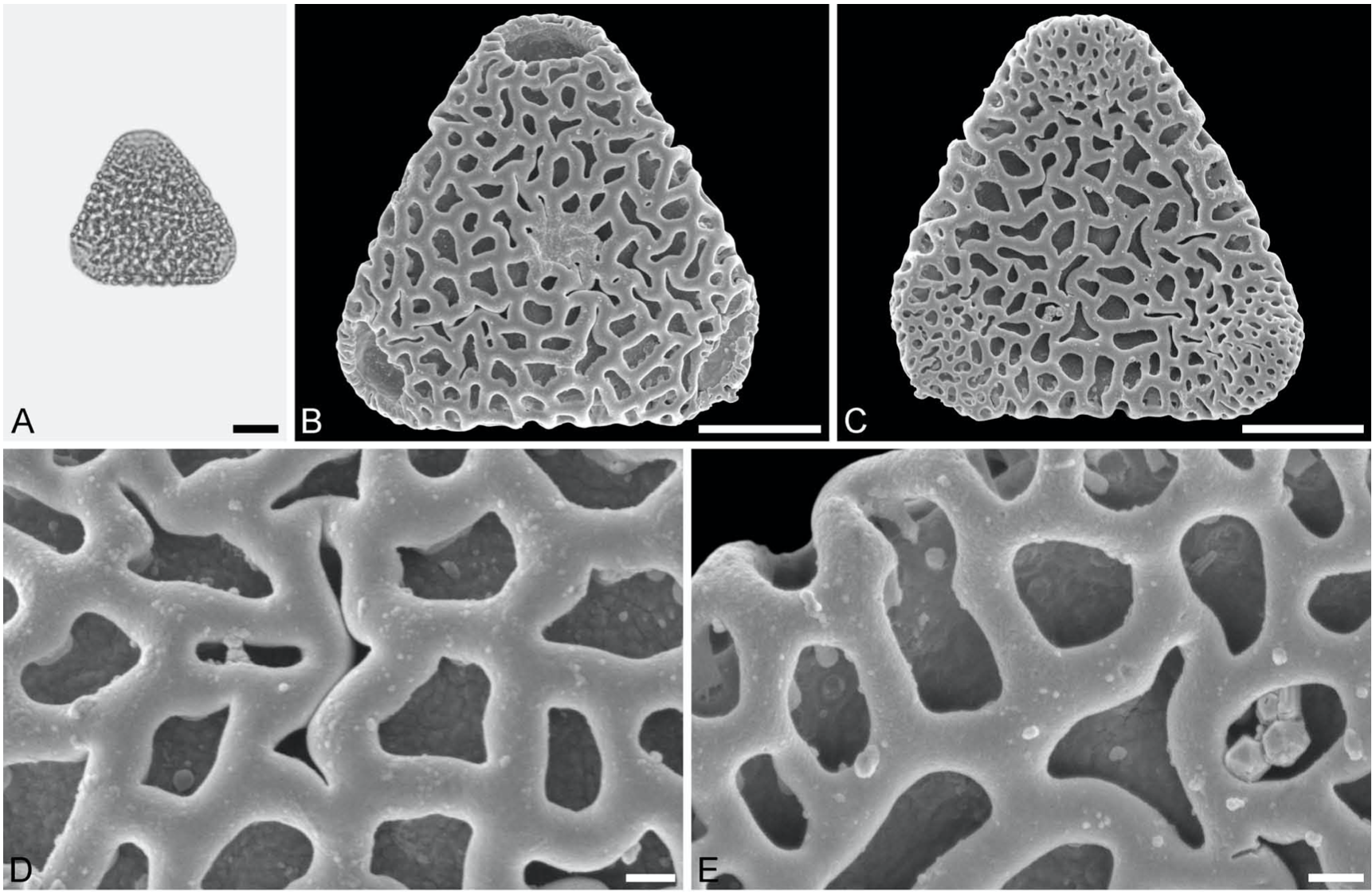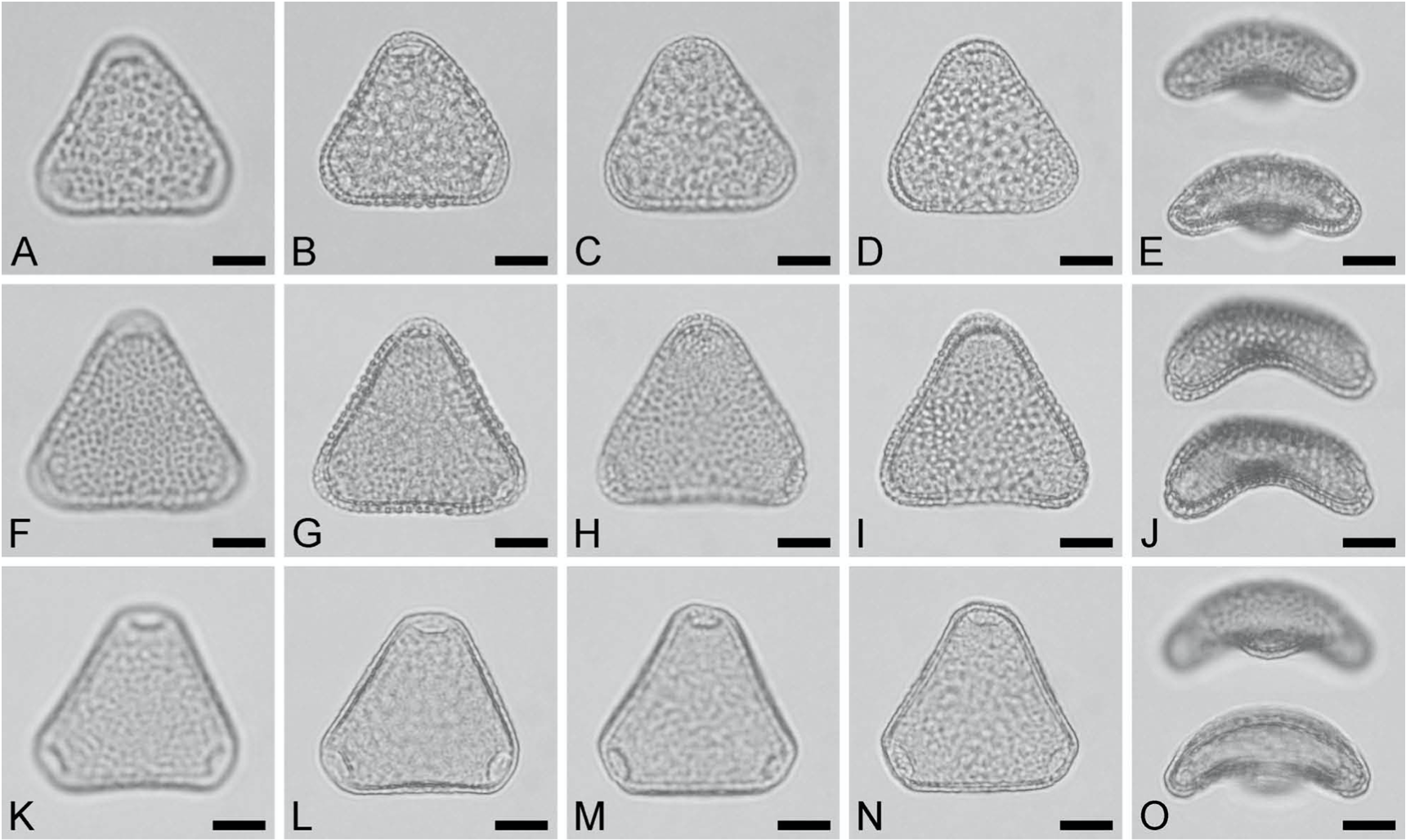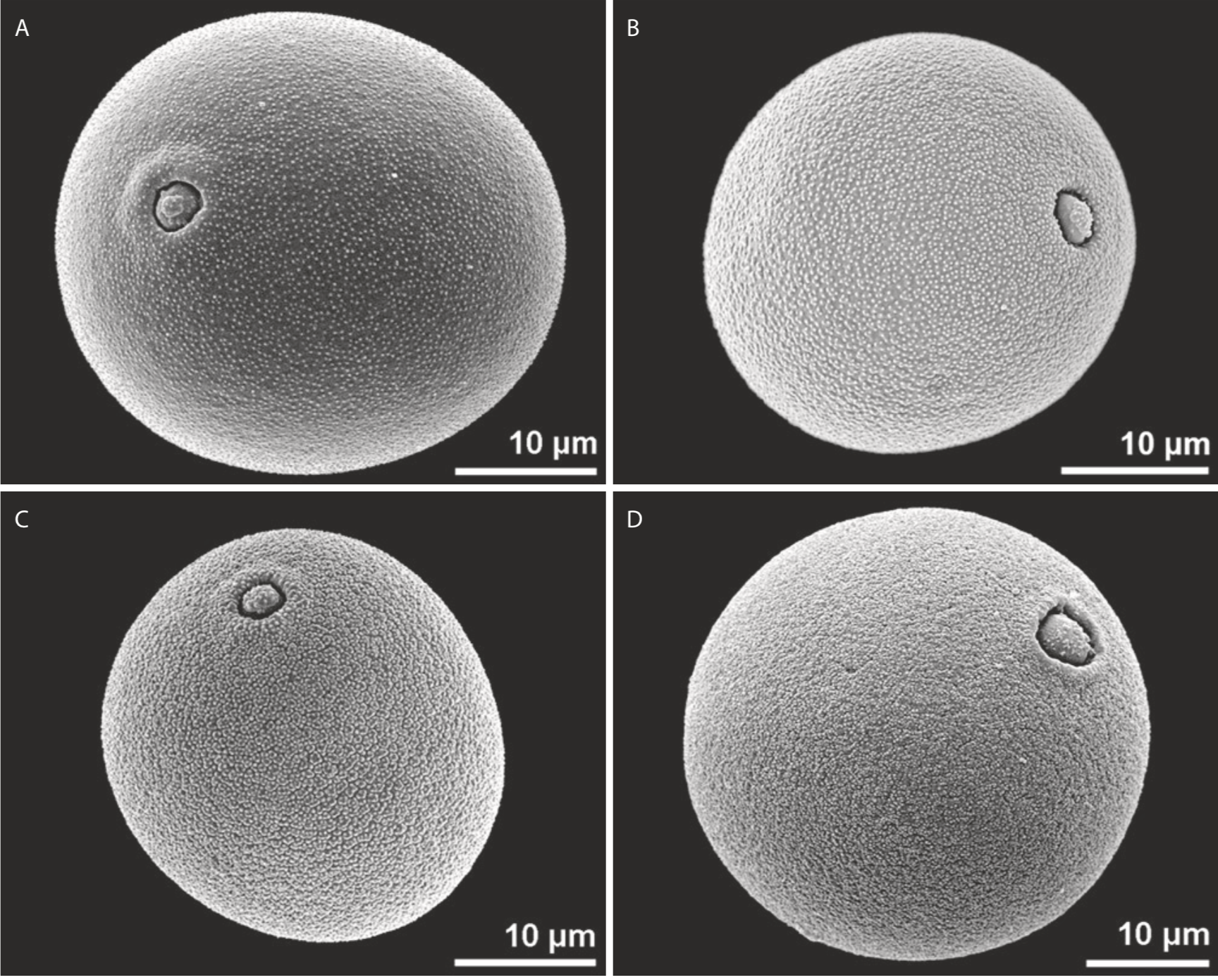Authors: Thomas Denk, Friðgeir Grímsson, Reinhard Zetter, Leifur A. Símonarson
A remarkable change is noticed in the 10 Ma floras of Iceland. In contrast to older floras, herbaceous elements become prominent in the palynological record, and, for the first time, small-leaved Ericaceae are encountered in the macrofossil record. The high number of pollen taxa recovered from sedimentary rock samples of the Tröllatunga-Gautshamar Formation account for the remarkable richness of this flora (ca 100 taxa). Pollen, spores, and macrofossils are all exquisitely preserved. Importantly, many taxa that were characteristic of the older Brjánslækur-Seljá Formation, 12 Ma, have not been recorded from any locality belonging to the 10 Ma and younger formations. Examples for such taxa are: Glyptostrobus, Cryptomeria, Sequoia (Cuppressaceae s. l.), and among the angiosperms Comptonia, Liriodendron, Magnolia, and Sassafras. At the same time, a number of warmth-loving taxa occur for the first time in the 10 Ma formation. Most spectacular among the new elements are Ginkgo and the extinct Fagaceae Trigonobalanopsis, both of which are documented by their pollen. Pseudotsuga and Decodon are other taxa that appear for the first time in Iceland. In this chapter, the taxonomic composition of the 10 Ma floras of Iceland has been investigated. In addition, floristic turnovers between 12 and 10 Ma, such as the massive appearance of herbaceous taxa, will be discussed in the context of northern hemisphere cooling and continuing land bridge accessibility during the late Middle and early Late Miocene of Iceland.
